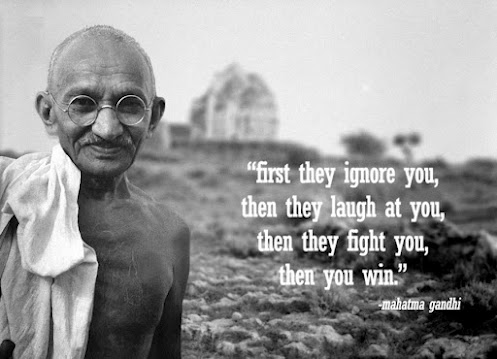Many of us in the software industry, for more than 2 decades have not only been the direct beneficiaries of the opening up of the Indian economy in 1991, but we also pride ourselves for creating an industry that today supports the livelihood of millions of software engineers, bpo executives and call-center operators. But have we done enough, could we have done better?
India is today struggling with C.A.D (current account deficit). Simply put, we import more than we export. Some people argue that we have gone back to 1991, in effect, all the glorious 22 years which we think we have created have some how evaporated. If we had spent the past 22 years creating Indian software products, could we have not today exported more than just services, based on labor arbitrage? In fact, I would say its largely because we did not think ourselves as a ProductNation. We became pseudo-intellectuals, happy with the easy money flowing into our economy.
Good thing is we can still learn from our legacy. 300 years of British colonial rule, and all the well educated software industry professionals, fail to understand that we are no different than our fore-fathers. Its quite fascinating, and really important to see the parallels outlined below. As software professionals and business owners, its time for us to introspect and learn a little bit of Gandhigiri.
Economic Impact during British Raj
Any chapter from our history books will have paragraphs which read like this…..
Indian Economy was transformed into a colonial economy whose nature and structure was determined by the needs of the British economy.
India supplied all the raw material required for Britain’s Industrial needs, especially the cash crops like jute, cotton, iron ore, silk, wool. In-turn, became the ready market for Britain’s large-scale finished products which were also cheaper than Indian finished-goods, since they were mass-produced, for e.g. the ready made shirts, pants, sweaters, machines,etc. The economic policies of the colonial government was to reduce India to a feeder economy to Britain’s industrial base and hence with out any domestic policy support, the cottage industries within India were destroyed systematically.
Added to that, the zamindari system also meant all profit accruing out of the agricultural sector went to the zamindars instead of the cultivators. High revenue demands and rigid manners of collection forced peasants into the clutches of the moneylenders, who were controlled and financed by the colonial government’s banks. Expanding population put greater pressure on viability and sustenance, and as there was no corresponding domestic development of both urban and rural infrastructure, the economy collapsed and India became a poorer nation. Britain’s policy of trade ruined India’s urban and rural industries.
Economic Impact from 1991 to 2013…
Indian Economy was transformed into a “global” economy whose nature and structure was determined by the needs of the US/Western economy.
India supplied all the raw material required for America’s IT/software needs, especially the cash crops like software engineers, creative designers, app developers, analysts, bpo executives and call-center operators. In-turn, India became the ready market for America’s large-scale finished software and technology products, which were also cheaper than Indian-finished goods, since they were mass-produced with patent protections, for e.g. the Office software, ERP software, Accounting software, Routers, Switches,etc. The economic policies of the Indian government was to reduce India to a feeder economy to America’s Technology and Software base and hence with out any domestic policy support, the local software industries within India were destroyed systematically.
Added to that, the funding eco-system also meant all profit accruing out of the software/technology sector, went to the venture-capitalists instead of the entrepreneurs. High revenue-multiple demands and rigid manners of exit-funding forced software entrepreneurs into Mergers or Acquisitions by American companies, or to the clutches of the Angels and VCs, who were in turn controlled and financed by PEs or LPs from America. Expanding population put greater pressure on viability and sustenance, and as there was no corresponding domestic need for software/technology in both urban and rural industries, the economy collapsed, the FIIs fled, leaving India poorer. India’s own policy of trade for 22 years, ruined India’s technology and software industry.
 Conclusion
Conclusion
Well, do I have to take a pessimistic approach and assume that this how its going to be? Should we wait for another Mahatma to lead the new movement to becoming a true Product Nation? An emphaticNO. Gandhigiri to the software and technology entrepreneur provides the vision and direction, so we don’t have to go down the same path our forefathers went. We need to be the change the world wants to see. Lets go and create the change, and let initiatives like iSPIRT and ProductNation be the inspiration through which we can channel our aspirations and ideas. Happy Gandhi Jayanthi to all!














